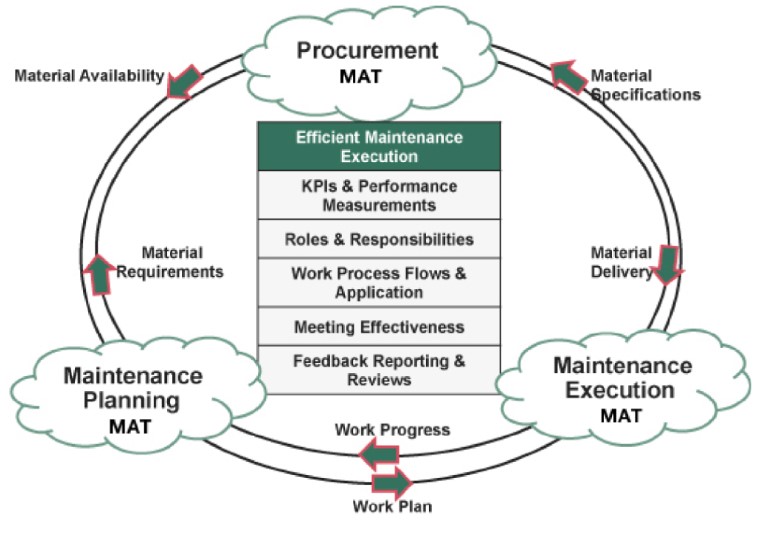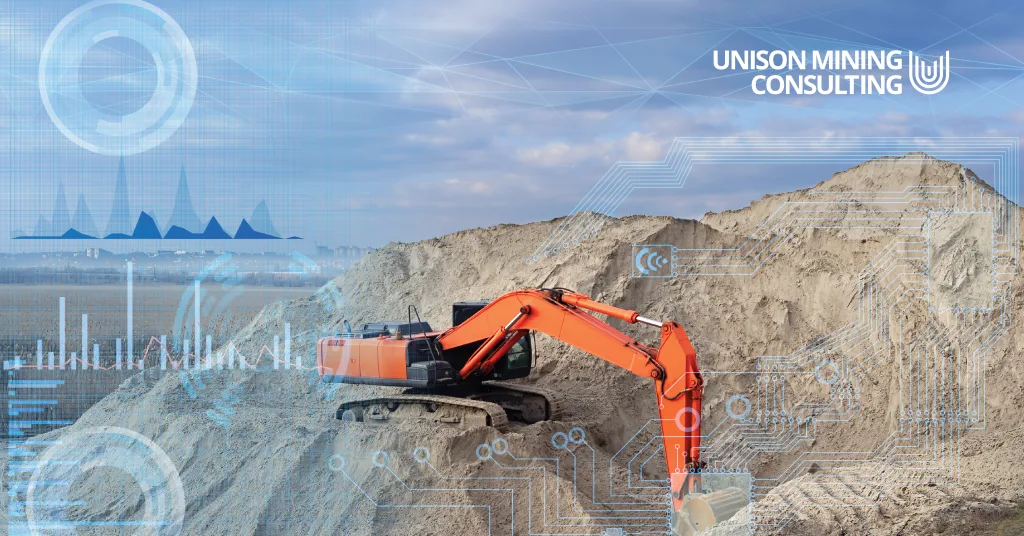Work order prioritization for maintenance tasks can be challenging with the complexity of today’s mining equipment and with high-volume backlogs. Nonetheless, it can significantly impact the operational efficiency and productivity of mines by keeping equipment operating smoothly and avoiding unexpected breakdowns.
By determining which maintenance tasks should be addressed first based on factors such as equipment criticality, safety concerns, and production requirements, mining companies can optimize their maintenance scheduling and clear backlogs faster. But more importantly, it ensures equipment is serviced using a predictive and strategic approach, ensuring the most important tasks are completed first.
Mexico’s updated mining laws now require a mining concession fee determined by the value of mineral output, putting pressure on mining margins and increasing the cost of operations. Hence, defining criteria to determine the urgency of maintenance tasks and improved performance management of technicians is an important opportunity to increase cost savings on labor and equipment. Mine downtime is reduced and fewer unexpected shutdowns due to equipment breakdowns are required.
Without prioritization of work orders, more experienced senior technicians who are paid more end up performing mundane tasks which can be done by less experienced technicians. Additionally, work orders that are critical can end up lost in large backlogs.
How a Management Control System Boosts Work Order Effectiveness
With sophisticated technology being used on today’s mining equipment such as sensors and AI, data collected can be used in determining the criticality of maintenance tasks. However, without a system and criteria in place to assess the urgency of maintenance tasks needed on equipment, the technology alone will not serve maintenance operations.
Conducting thorough assessments to determine the criticality of assets and prioritize maintenance backlog items is essential. A lack of a systematic approach to assess asset criticality can result in the misallocation of resources, ultimately slowing down maintenance work order completion.
Developing a Management Control System (MCS) as a framework shared by relevant departments such as maintenance planning, maintenance execution and procurement, to determine the criticality of work orders can help align work order prioritization. With shared controls in place to identify the highest priority work orders, backlogs can be managed more efficiently allowing planners, supervisors and technicians to agree on the tasks that need to be resolved first.
With an updated MCS and work processes, complete information loops are provided to all stakeholders from the start to completion of maintenance execution jobs, empowering managers to take effective management actions and monitor departmental performance.
Maintain New Ways of Working in Maintenance Workflows with Training
To ensure new ways of working are sustained long term between multiple departments, full employee buy-in and incentives for positive behavior change are crucial, but also the necessary training to transition to updated processes. New communication methods between departments, for instance, will need to be communicated regularly. Performance dashboards can be used to reinforce and incentivize new processes at all organizational levels. Unison Mining can work with your teams to install the systems, controls, KPIs and processes needed to streamline your maintenance workflows. We then facilitate the training needed to foster a culture of continuous improvement within your organization, ensuring that solutions are fully adopted and sustained long term.Streamline maintenance workflows for work order prioritization.


















